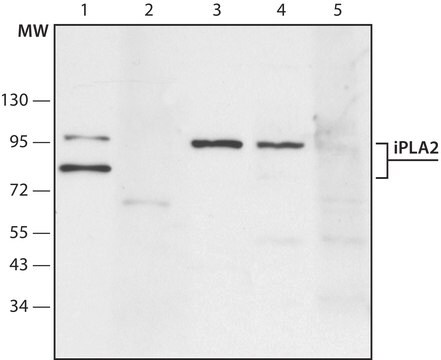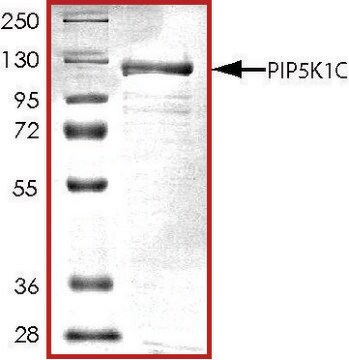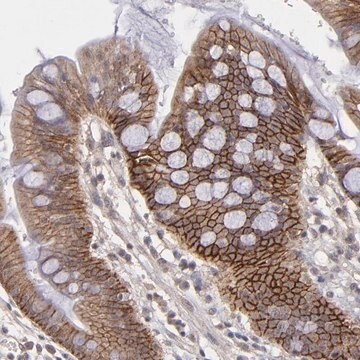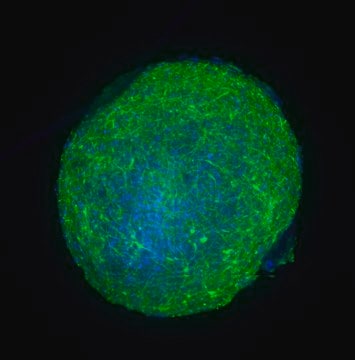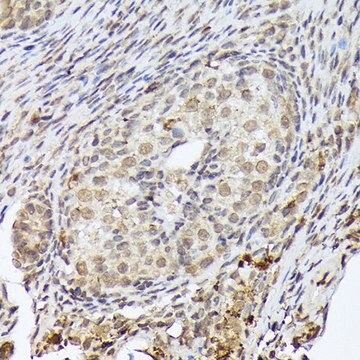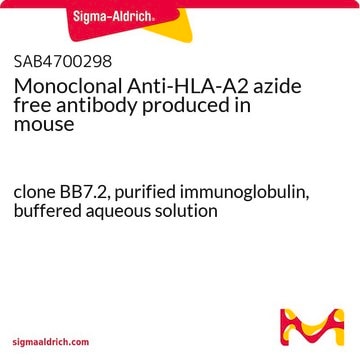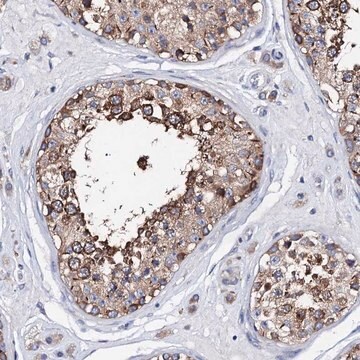SAB4200130
Anti-Phospholipase A2 (iPLA2) (C-terminal region) antibody produced in rabbit

~1.5 mg/mL, affinity isolated antibody
同義詞:
Anti-CaI-PLA2, Anti-INAD1, Anti-IPLA2-VIA, Anti-PARK14, Anti-PLA2, Anti-PLA2G6, Anti-PNPLA9, Anti-Phospholipase A2, group VI (cytosolic, calcium-independent), GVI
About This Item
推薦產品
生物源
rabbit
共軛
unconjugated
抗體表格
affinity isolated antibody
抗體產品種類
primary antibodies
無性繁殖
polyclonal
形狀
buffered aqueous solution
分子量
antigen ~85 kDa
antigen ~95 kDa
物種活性
mouse, human, rat
包裝
antibody small pack of 25 μL
加強驗證
recombinant expression
Learn more about Antibody Enhanced Validation
濃度
~1.5 mg/mL
技術
western blot: 1-2 μg/mL using extract of HEK-293T cells overexpressing human iPLA2, and 1-2 mg/mL using rat kidney extract (S1 fraction).
western blot: 1-2 μg/mL using rat kidney extract (S1 fraction)
UniProt登錄號
運輸包裝
dry ice
儲存溫度
−20°C
目標翻譯後修改
unmodified
基因資訊
human ... PLA2G6(8398)
一般說明
特異性
應用
生化/生理作用
外觀
儲存和穩定性
免責聲明
Not finding the right product?
Try our 產品選擇工具.
儲存類別代碼
10 - Combustible liquids
閃點(°F)
Not applicable
閃點(°C)
Not applicable
分析證明 (COA)
輸入產品批次/批號來搜索 分析證明 (COA)。在產品’s標籤上找到批次和批號,寫有 ‘Lot’或‘Batch’.。
我們的科學家團隊在所有研究領域都有豐富的經驗,包括生命科學、材料科學、化學合成、色譜、分析等.
聯絡技術服務